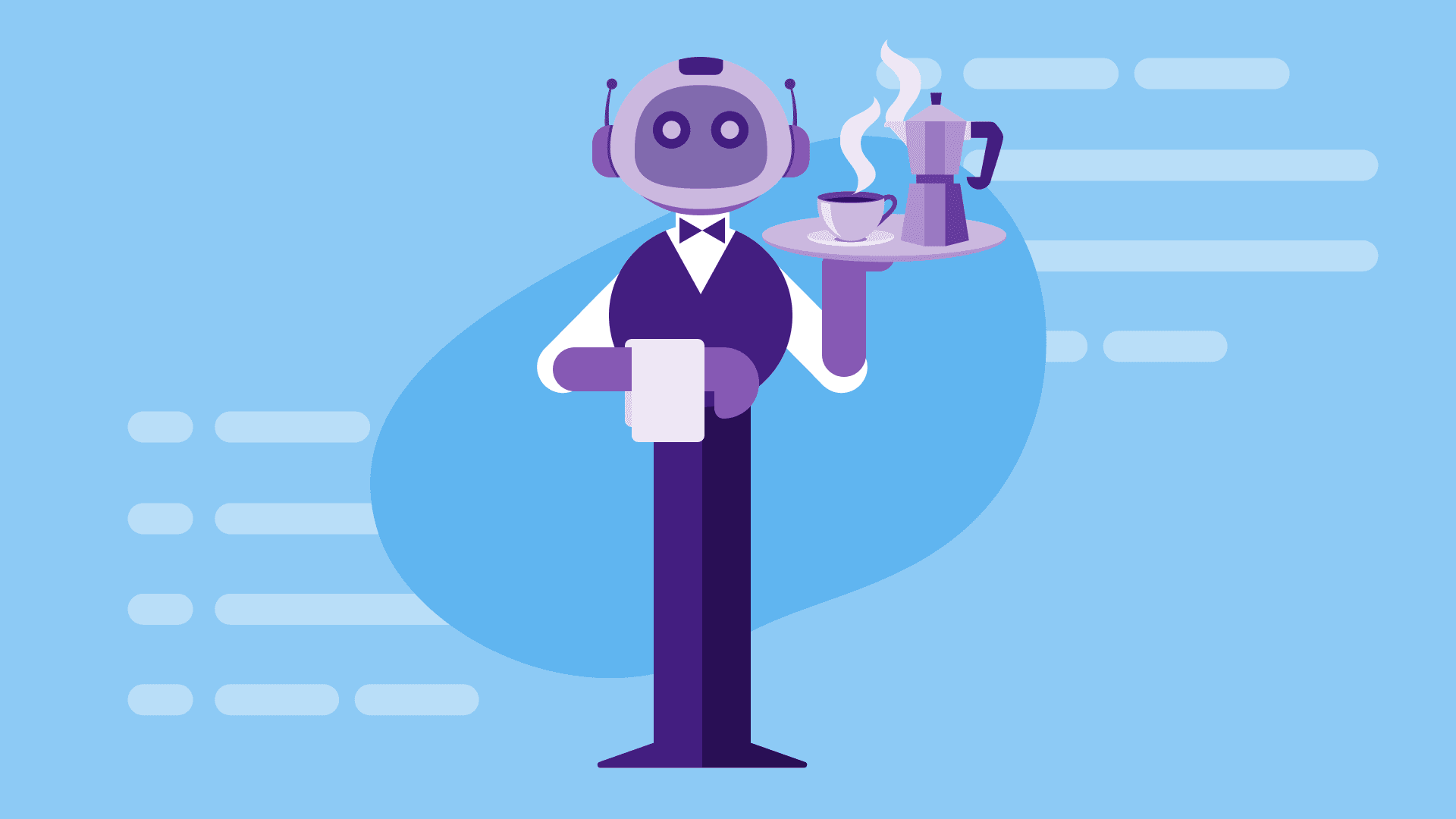Coffee and Claude: How Honeycomb MCP Makes AI Work for You
Hosted by Austin Parker, Morgante Pell, and James Bland from AWS, the conversation explored how Honeycomb’s new Model Context Protocol (MCP) is changing the way developers and AI agents interact with data.

By: Rox Williams

Humans, Observability, & AI: Building Teams That Learn Together
Watch Now
If you caught our recent Introducing Honeycomb MCP: Your AI Agent’s New Superpower webinar, you know it was a lively mix of big ideas, demos, and a few laughs about the messy, fast-moving world of AI. Hosted by Austin Parker, Morgante Pell, and James Bland from AWS, the conversation explored how Honeycomb’s new Model Context Protocol (MCP) is changing the way developers and AI agents interact with data.
Morgante kicked things off with a simple question: what even is MCP? His answer cut right to the heart of it: “The core idea of MCP is connecting AI agents to your data.” Morgante described it as “the USB-C port for AI applications,” a standardized and flexible way for LLMs to plug into your systems. Instead of juggling complex APIs or waiting for custom integrations, MCP gives AI agents a consistent interface to query what’s happening in your environment and come back with meaningful insights.
If you missed the webinar, you can watch it here:
Observability meets AI
Austin Parker joined in to explain why MCP isn’t just another integration layer—it’s a rethinking of observability itself. He’s been in the observability space for a decade, and he didn’t mince words: “GenAI is really a very large change,” he said. “I’ve called it a black-swan event because observability tools have always been about taking this sea of data and making it interpretable by humans. Now, with AI agents that can consume more data than I could ever think about, they can interpret that in a human-like way and actually find patterns in real-time.”
That shift changes how people will use tools like Honeycomb. Instead of jumping between dashboards and consoles, developers can now stay in their IDE and ask plain-language questions about what’s going on in production. “It keeps you in the flow,” Austin explained. “If you’re building autonomous agents into your workflow, they can use Honeycomb MCP to query data, remediate problems, or even raise alerts automatically.”
Real tools, real demos
The webinar wasn’t all theory. Morgante gave a live demo using Claude, showing how the MCP server lets an agent inspect a demo app, diagnose errors, and pull up links directly into Honeycomb for deeper investigation. The flow was almost conversational: the agent asked for context, ran a few queries, spotted the failing service, and offered recommendations.
Then Austin took over to show how it works inside Claude Code, building a small “space trader” game and debugging it live. When the app misbehaved, he simply asked Claude to check Honeycomb for the issue. Within moments, the AI agent had traced the bug, analyzed the telemetry, and suggested where things were breaking down.
That kind of flexibility didn’t come easy: Austin was candid about what it takes to keep MCP running smoothly in such a rapidly evolving ecosystem. “If you’re building MCP servers, have fun, because nothing is consistent,” he joked. “Everyone does things their own way, and the state of the art is changing so quickly it’s really hard to target. We’re already smashing into differences between clients so there’s a lot that goes into making this work consistently.”
From experiments to production use
Despite the chaos of the bleeding edge, MCP is already proving useful in real production environments. Austin shared a story that felt straight out of the future: “I used MCP this morning. I saw an SLO burning, asked Claude to investigate it, and it came back and told me exactly which tool was causing the issue and why. Then I had it working on a fix while I made my coffee.”
Honeycomb’s own teams are using MCP to debug production systems and even to support sales workflows. Because it’s built on open standards and connected through OAuth, users can safely let agents access their Honeycomb data without juggling API keys or compromising security.
The road ahead
The team wrapped up by hinting at what’s next: better handling for large datasets, automatic labeling, and more intelligent search to make it even faster for agents to find the right data. “We’re shipping improvements to our MCP stuff pretty much daily,” Austin said. “It’s your data, and we want to let you connect it up to anything you want.”
If there was a theme that tied the whole session together, it was the sense of curiosity and possibility. MCP isn’t just about giving AI access to data—it’s about helping humans work alongside AI more naturally. And as the Honeycomb team made clear, that future isn’t years away. It’s already here, showing up in IDEs, Slack channels, and even in the quiet moments before your coffee’s ready.
Interested in trying it out? Learn more about MCP and Honeycomb Intelligence today.